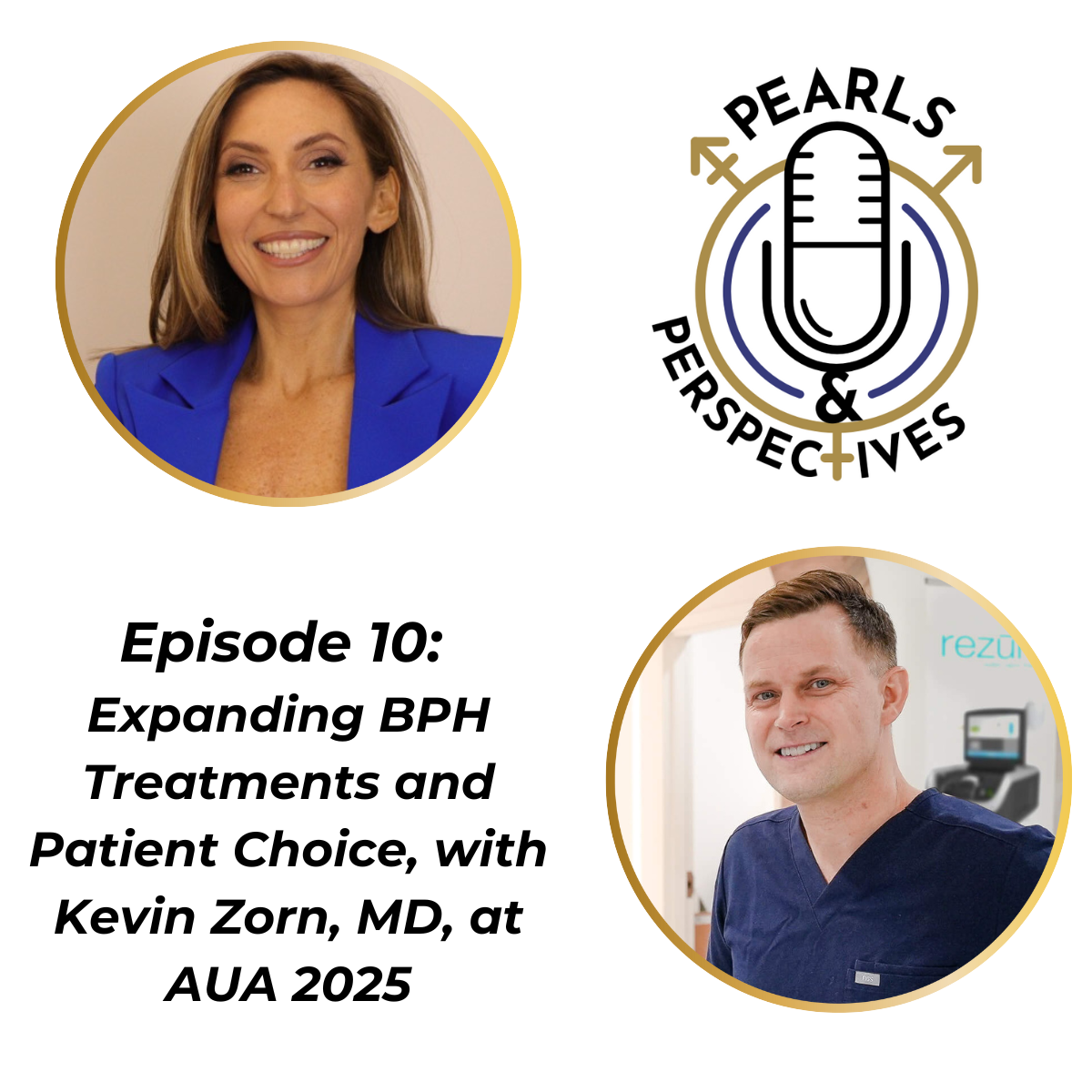News
Article
Belzutifan is associated with PFS and ORR gains in advanced kidney cancer
Author(s):
"These final analysis results of LITESPARK-005 support belzutifan as a treatment option in refractory kidney cancer after checkpoint inhibitor and VEGFR-TKI therapy," says Brian Rini, MD.
Use of the oral HIF-2α inhibitor belzutifan (Welireg) was associated with improved progression-free survival (PFS) and objective response rate (ORR) vs everolimus (Afinitor) in patients with previously treated advanced clear cell renal cell carcinoma (ccRCC), according to data presented at the 2024 European Society for Medical Oncology Congress in Barcelona, Spain.1
Brian Rini, MD

The data, from the final analysis of the phase 3 LITESPARK-005 (NCT04195750) trial, were presented by Brian Rini, MD, chief of Clinical Trials, Ingram Professor of Cancer Research, and professor of medicine (hematology/oncology) at Vanderbilt-Ingram Cancer Center in Nashville, Tennessee. Said Rini in his presentation, “As presented at this meeting last year and subsequently recently published,2 belzutifan improved PFS and response rate compared to everolimus in patients with refractory RCC…Progression-free survival at the first interim analysis [showed] a hazard ratio of 0.75 [with] a significant P value [P<.001] and a response rate advantage of nearly 22% vs 3.5% and a significant P value [P<.0001]. Based on these initial results, belzutifan was approved in the US for refractory kidney cancer following PD-(L)1 inhibitor and VEGFR-TKI.”
Patients were eligible for the study if they had advanced ccRCC and had received 1 to 3 prior systemic treatment regiments, including at least 1 PD-(L)1 inhibitor and at least 1 VEGFR-TKI. Participants were randomly assigned 1:1 to receive belzutifan, 120 mg or everolimus, 10 mg QD until disease progression or unacceptable adverse events (AEs). Primary end points of the study included PFS per RECIST 1.1 by central review as well as overall survival (OSS).
“ORR per RECIST 1.1 by central review was a key secondary end point. Duration of response (DOR) and safety were secondary end points,” wrote the authors in the study’s abstract.
A total of 372 patients were treated with belzutifan and 360 patients were treated with everolimus. Treatment is ongoing in 54 (14.5%) patients in the belzutifan arm vs 5 (1.4%) in the everolimus arm. Of the 318 patients receiving belzutifan who discontinued treatment, progressive disease was the reason for 255 (85.5%) of patients and AE was the reason in 23 (6.2%) patients. Of the 355 patients receiving everolimus who discontinued treatment, progressive disease was the reason for 248 (68.9%) patients and AE was the reason in 55 (15.3%) patients.
Rini said he and his co-investigators examined the 54 patients still receiving treatment with belzutifan “just to see if we could characterize them by their baseline characteristics.” Although comparable in age vs the intent-to-treat (ITT) population for both the belzutifan and everolimus arms, this patient group had a higher percentage of favorable IMDC risk (31.5% in the 54 patients compared with 21.7% in the ITT belzutifan population and 22.6% in the ITT everolimus population. In addition, rate of prior nephrectomy was higher in the 54 patients at 83.3% vs 69.8% and 69.6% in the ITT belzutifan and everolimus arms, respectively.
Regarding PFS, “benefit was maintained with belzutifan vs everolimus (median 5.6 mo vs 5.6 mo; HR 0.75; 95% CI 0.63–0.88),” wrote the authors. PFS was 33.7% at 12 months in the belzutifan arm vs 17.6% in the everolimus arm and 17.5% at 24 months in the belzutifan arm vs 4.1% in the everolimus arm.
Median OS was 21.4 months (range, 18.2 to 24.3 months) in the belzutifan arm vs 18.2 months (range, 15.8-21.8 months) in the everolimus arm (HR=0.92, 95% CI: 0.77-1.10, P=0.18).
ORR was 22.7% in the belzutifan arm vs 3.5% in the everolimus arm, and median DOR was 19.3 months (range, 1.9+-40.1+ months) vs 13.7 months in the everolimus arm (range, 3.8-29.5+ months).
Regarding AEs, the median duration of therapy was 7.6 months (range, 0.1-45.9 months) in the belzutifan arm vs 3.9 months (range, 0.03-41.8 months) in the everolimus arm. A total of 369 (99.2%) patients experienced an all-cause AE in the belzutifan arm vs 357 (99.2%) of patients in the everolimus arm. Of these 234 (62.9%) were grade 3 or higher in the belzutifan arm vs 226 (62.8%) in the everolimus arm.
In his concluding remarks, Rini said, “Belzutifan continues to show progression-free survival and overall objective response rate benefits vs everolimus, including, and I think importantly, durable responses that are lasting more than 2 years with more than 2-year minimum follow up. More patients remain on treatment with belzutifan compared to everolimus...These final analysis results of LITESPARK-005 support belzutifan as a treatment option in refractory kidney cancer after checkpoint inhibitor and VEGFR-TKI therapy.”
REFERENCES
1. Rini B, Suarez C, Albiges L, et al. Final analysis of the phase III LITESPARK-005 study of belzutifan versus everolimus in participants (pts) with previously treated advanced clear cell renal cell carcinoma (ccRCC). Presented at: 2024 European Society for Medical Oncology Annual Congress. September 13-17, 2024. Barcelona, Spain. Abstract LBA74. https://cslide.ctimeetingtech.com/esmo2024/attendee/confcal/session/calendar?q=LBA74
2. Chouieri TK, Powles T, Peltola K, et al. Belzutifan versus everolimus for advanced renal-cell carcinoma. N Engl J Med. 2024;391(8):710-721. doi:10.1056/NEJMoa2313906
Newsletter
Stay current with the latest urology news and practice-changing insights — sign up now for the essential updates every urologist needs.

















